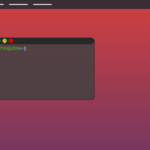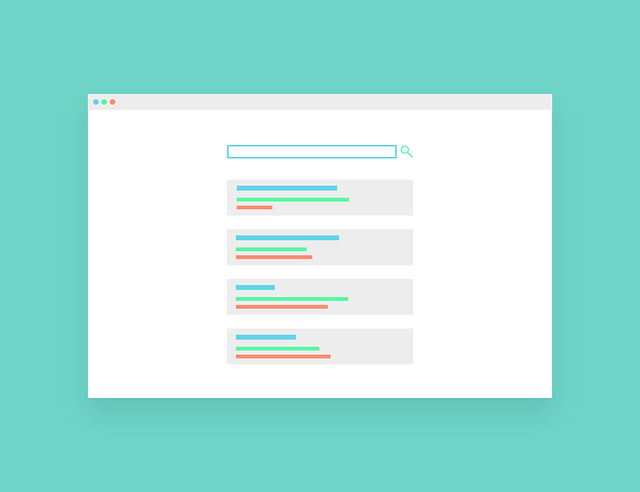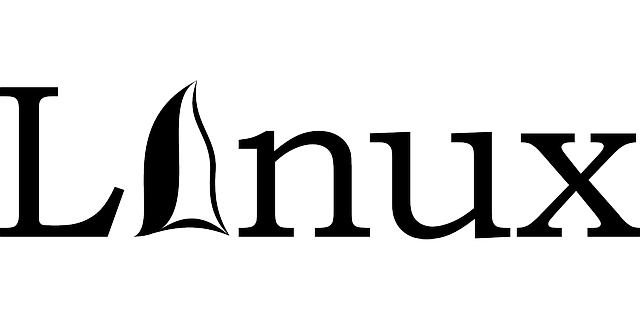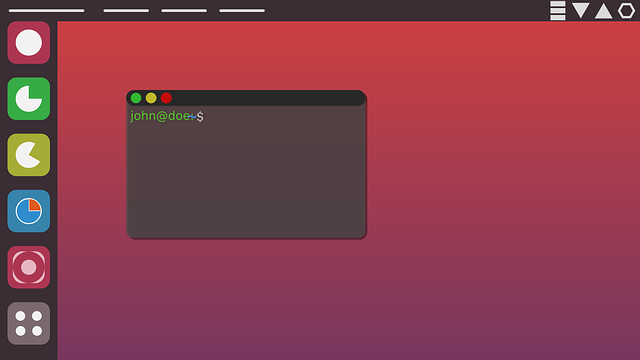The article emphasizes Linux's critical role in bolstering the cybersecurity defenses of Government Agencies. Its open-source nature allows for continuous community scrutiny, enabling swift identification and remediation of security vulnerabilities. This transparency is key to safeguarding sensitive government data. Linux's advanced access control mechanisms, including RBAC and AppArmor, enforce strict access policies, reducing potential security breaches. The secure boot feature, backed by the Trusted Computing Group, ensures systems are safe from the moment they start up. The adoption of Linux is seen as essential for Government Agencies to maintain a robust IT security infrastructure against sophisticated cyber threats, ensuring the integrity and confidentiality of data in an increasingly digital world. Additional security enhancements such as Secure Boot, encrypted file systems, and hardware security modules support secure cryptographic operations, reinforcing Linux's effectiveness in protecting government information assets with a multi-layered security approach that includes LDAP, Kerberos integration for user management, and mandatory access control through AppArmor and SELinux. Regular updates and patches, along with full disk encryption using LUKS, further fortify this secure environment, making Linux an indispensable tool for Government Agencies handling classified and confidential information.
Linux’s security framework emerges as a pivotal shield for safeguarding sensitive data within government agencies. This article delves into robust security features inherent in Linux, tailored to protect critical information. We explore how Linux can be optimized to meet the stringent demands of governmental data protection, emphasizing advanced security measures that are indispensable in maintaining integrity and confidentiality. The discourse will highlight the importance of Linux for Government Agencies in fortifying their systems against cyber threats, ensuring a secure landscape for sensitive operations.
- Leveraging Linux's Security Framework for Enhanced Data Protection in Government
- Implementing Advanced Security Measures in Linux Systems for Sensitive Information Safeguarding
Leveraging Linux's Security Framework for Enhanced Data Protection in Government
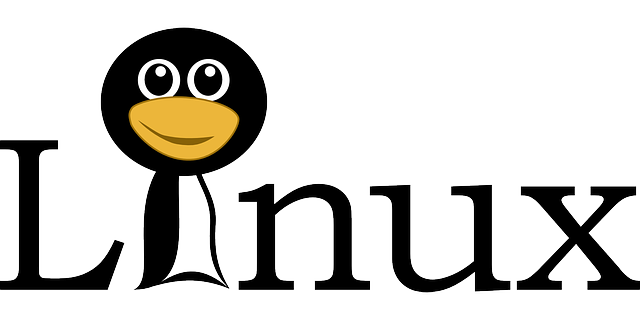
Linux’s robust security framework has long been a cornerstone for data protection, particularly within government agencies where sensitive information is both abundant and vulnerable to threats. The open-source nature of Linux allows for transparency and community scrutiny, ensuring that vulnerabilities are identified and patched swiftly. This level of security is not only critical for safeguarding classified data but also for maintaining public trust in government IT systems. Linux’s security model includes a strong set of access controls with Role-Based Access Control (RBAC) and AppArmor, providing granular permissions that align with the principle of least privilege, thereby minimizing exposure to potential breaches. Additionally, Linux’s secure boot feature, backed by initiatives like the Trusted Computing Group (TCG), ensures that systems are protected from the moment they boot up. For government agencies, adopting Linux for Government Agencies is a strategic move towards fortifying their IT infrastructure against modern cyber threats, ensuring that data integrity and confidentiality are preserved in a constantly evolving digital landscape. The implementation of technologies like Secure Boot, encrypted file systems, and the use of hardware security modules (HSMs) for cryptographic operations further solidifies Linux’s position as a reliable platform for government data protection needs.
Implementing Advanced Security Measures in Linux Systems for Sensitive Information Safeguarding
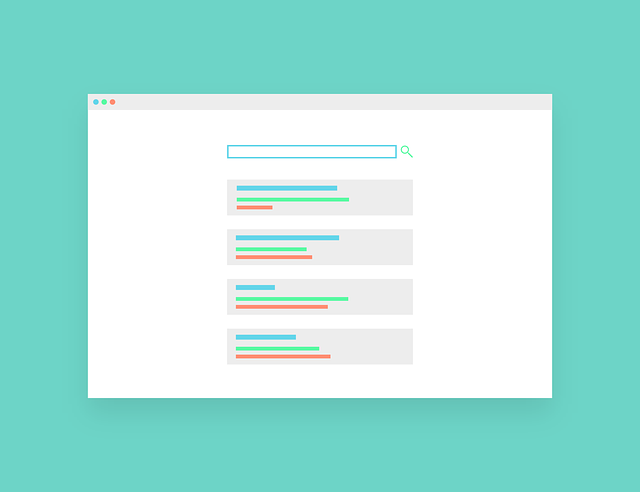
Linux, with its robust architecture and open-source nature, has long been a preferred choice for government agencies handling sensitive information. The security framework within Linux for Government Agencies is inherently strong, offering a multitude of advanced security measures to protect against unauthorized access and data breaches. These include the use of role-based access control (RBAC), which ensures that users are only granted permissions necessary for their roles, minimizing potential security vulnerabilities. Additionally, Linux’s support for LDAP, Kerberos, and other industry-standard authentication protocols allows for secure and efficient user identification and authorization processes.
For enhanced protection, Linux systems can be fortified with additional layers of security such as AppArmor and SELinux, which provide mandatory access control (MAC) to restrict programs’ capabilities, even if a user account is compromised. Regular updates and patches are critical in maintaining the integrity of Linux for Government Agencies, as they address vulnerabilities promptly. Moreover, the implementation of full disk encryption (FDE), such as LUKS, ensures that sensitive data remains unreadable should physical access to the hardware be gained. These measures collectively contribute to a security-hardened environment that is well-suited for government agencies dealing with classified and confidential information.
Linux’s robust security framework proves indispensable for government agencies handling sensitive data. The implementation of advanced security measures within these systems not only fortifies data protection but also aligns with the stringent requirements of such environments. By adopting Linux for Government Agencies, entities can rest assured that their critical information remains secure against a myriad of cyber threats. This dual emphasis on leveraging existing frameworks and integrating cutting-edge security protocols underscores the importance of a layered defense strategy in safeguarding confidential information. As such, Linux emerges as a pivotal ally for agencies seeking to uphold the integrity and privacy of sensitive data.







